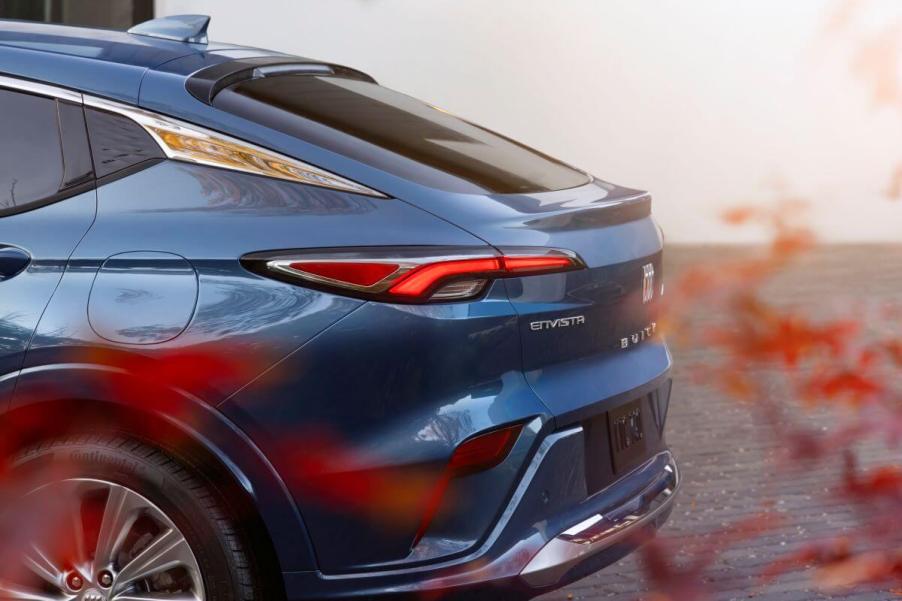
3 U.S. Car Brands Now Have the Vehicles but Not Enough Buyers
Just a year ago, many dealership lots were empty. The aftereffects of the pandemic and supply chain woes resulted in lower production and a shortage of new cars for sale. But now, three U.S. car brands have over a hundred 30-day supplies piling up on their lots. And one, Chrysler, has a 133-day supply.
What is the average supply of new cars?
In addition to Chrysler, Jeep has a 122-day supply, and Buick has a more than 120-day supply of new cars. Jeep is a juggernaut, so it will see buyers return. The good news for Buick, if you can call it that, is its numbers are significantly down from the over 140-day supply it had in December. Dealers consider 60-day supplies average. For comparison, Toyota, Lexus, and Kia have under 30-day supplies on their lots.
According to Cox Automotive, larger and more expensive vehicles are spending more time on dealer lots. Conversely, less expensive brands are seeing cars move fairly quickly. Automakers with slower sales are resorting to an old playbook to help move vehicles.
Chrysler and Buick incentives could help

Customer incentives are back. They’re at the highest levels seen in over a year. The average incentive is 3%, down from a high of 10% when the pandemic hit. That opens a window into the amount of room for negotiation when purchasing new vehicles.
“Expect to see incentives rise some, particularly on segments and brands with the heaviest inventories,” Cox Automotive senior economist Charlie Chesbrough told GM Authority.
So that’s the nuts and bolts of the backlog of new cars on these dealerships’ lots. But the underlying questions remain: What is going on with Chrysler? And can Buick survive as it finds fewer new-car buyers?
They’re two different questions that address the two car brands’ viability.
How many models do Chrysler and Buick sell?

For Chrysler, the question concerns its continued existence with only two vehicles — the Pacifica minivan and the 300 sedan — soon to be only one.
And while we’re seeing new and future products from sister brands Dodge, Jeep, Ram, and Alfa Romeo, it has been crickets at Chrysler. That’s especially puzzling because new products from Peugeot, Citroen, and Maserati can easily be rebadged as Chrysler cars while the company develops something, anything.
As for Buick, its Envision SUV’s year-over-year sales from 2021 to 2022 are down almost 50%. Overall, Buick barely sold 100,000 vehicles in 2022. And that’s spread over three SUVs: the Envision, Encore GX, and Enclave.
What do recent Chrysler and Buick sales look like?
In 2020, Buick killed its Regal TourX and Regal Sportback. The expectation was that it would replace those models with other SUVs or even a new Buick sedan, but that has not transpired. So for over two years, the automaker has had a business structure set up for selling five or six models but has only three.
However, there’s a strong reason for Buick to exist: China sales. Last year, the U.S. car brand sold almost 650,000 models. That was down over 20% from 2021, when it sold a whopping 815,900 vehicles. So, for as much as Buick should continue producing vehicles for the Chinese market, its U.S. sales last year didn’t give the company much reason to exist here. But Buick is faring much better in 2023.
Back to Chrysler. With this year being the last for the discontinued 300, the automaker will sell only the Pacifica in 2024 and 2025. In the past two years, it has seen annual sales of about 98,500. Can the brand survive two more years with a minivan that’s seven years old?





